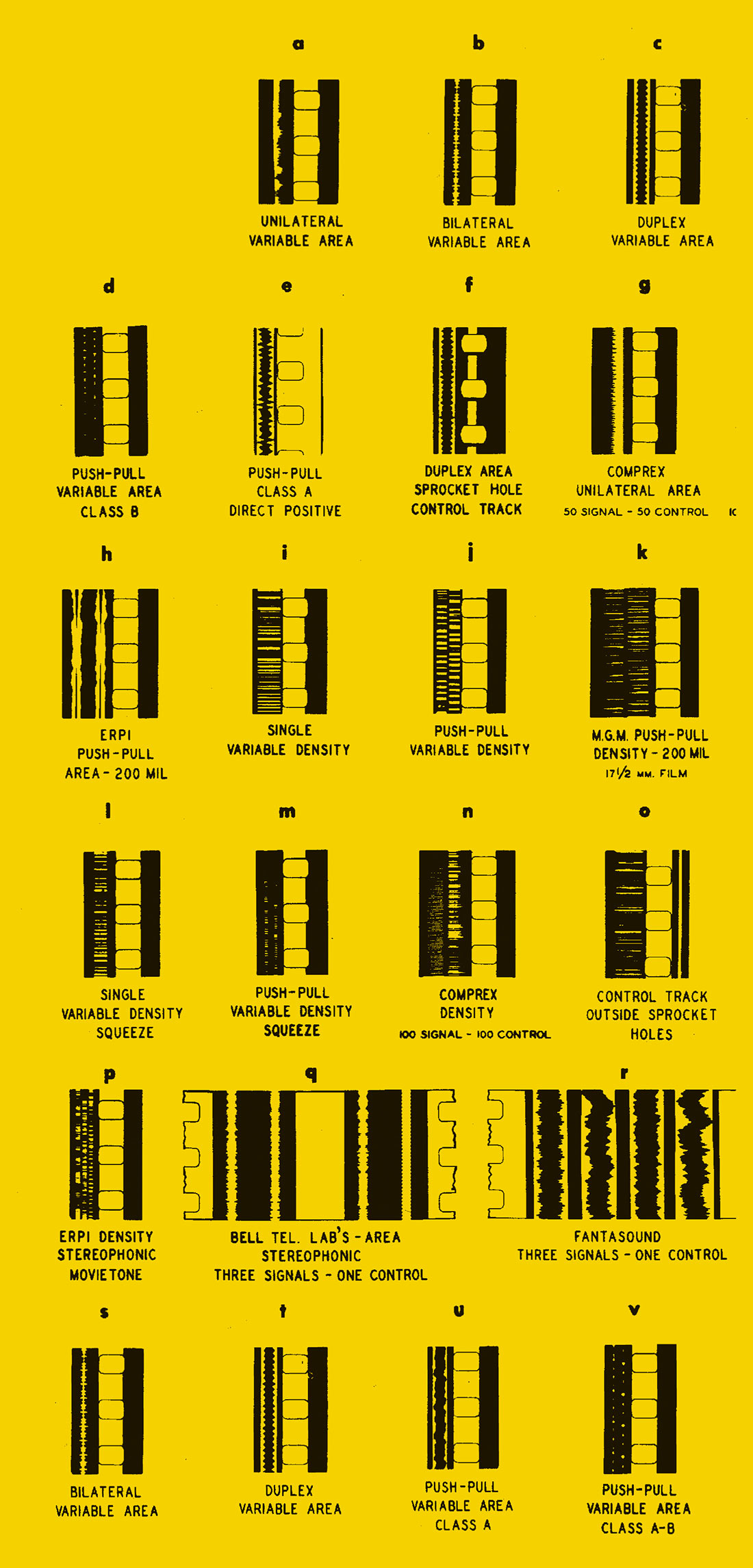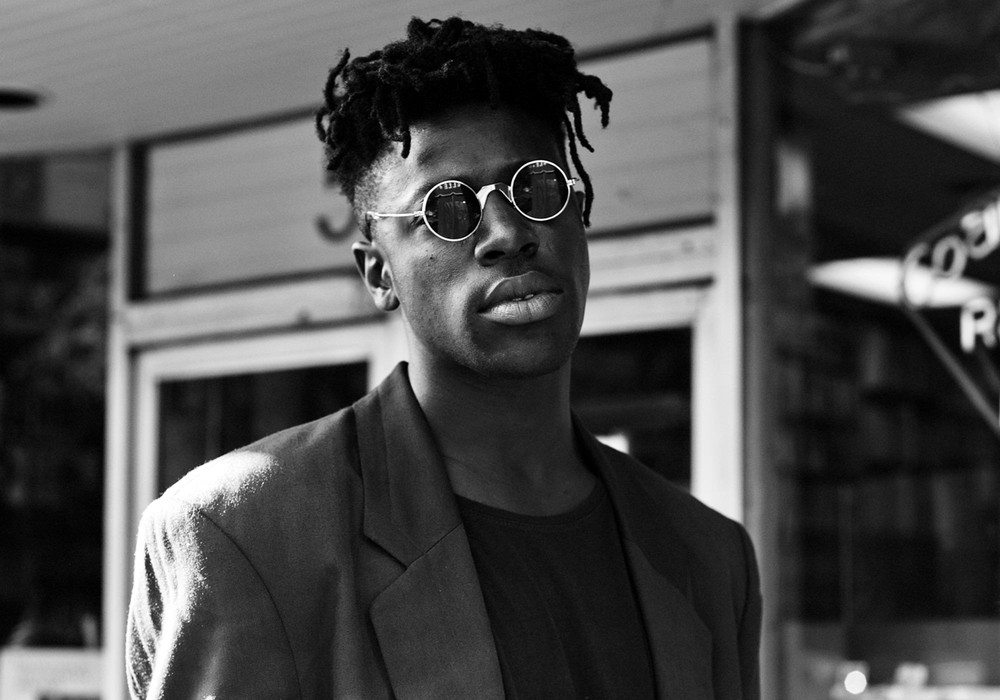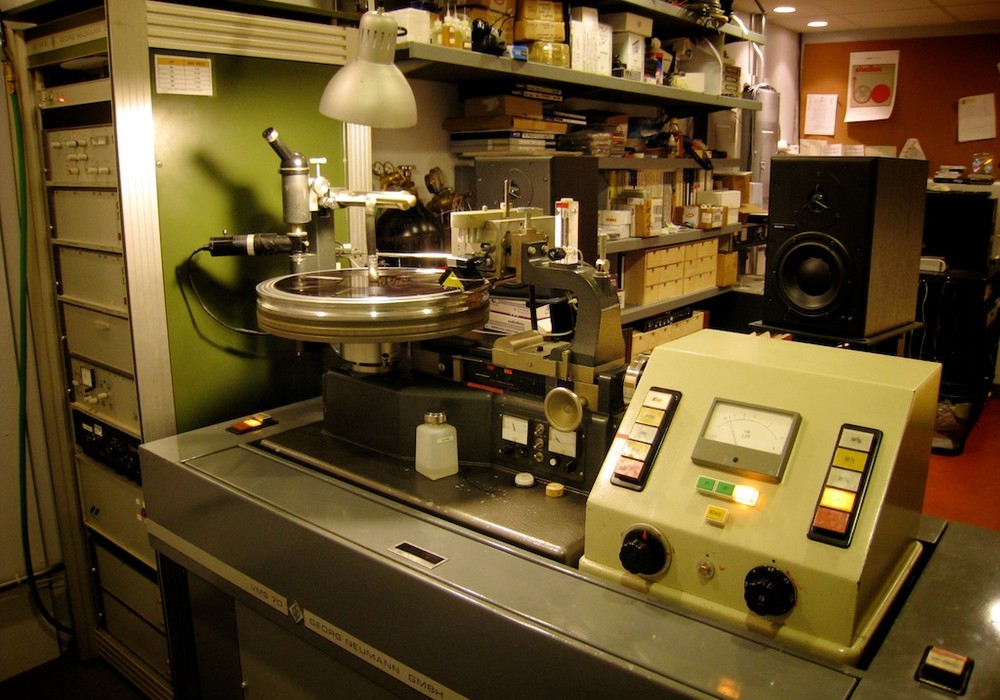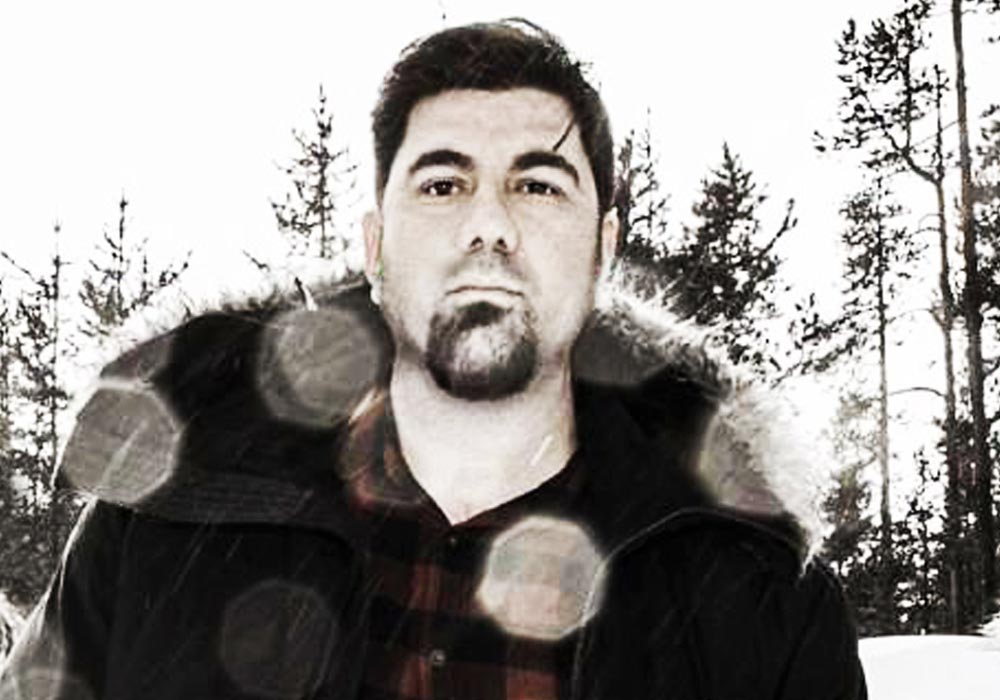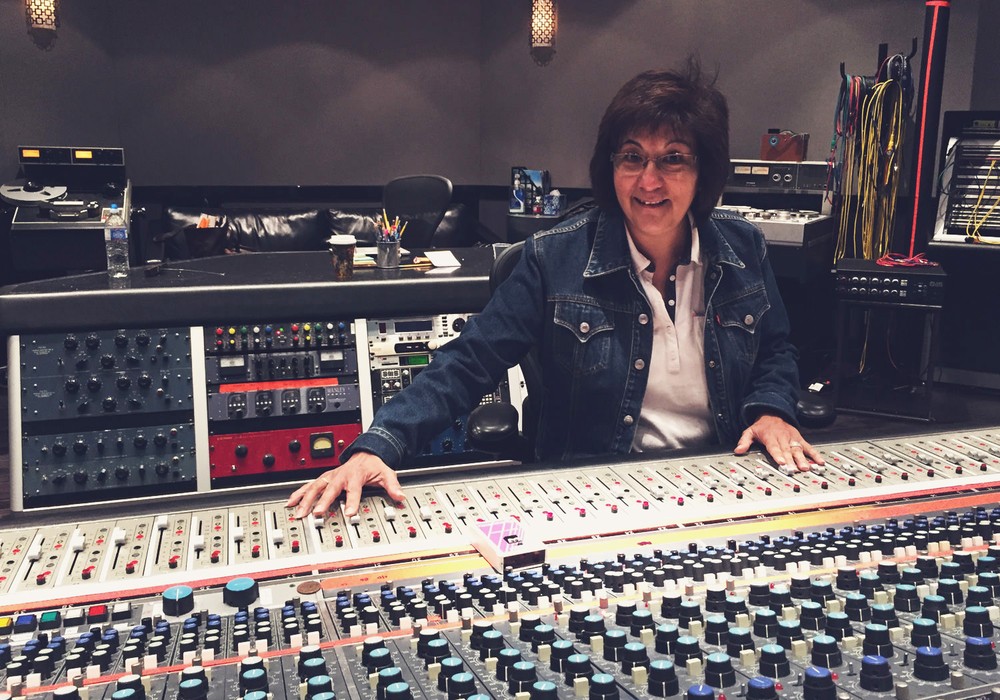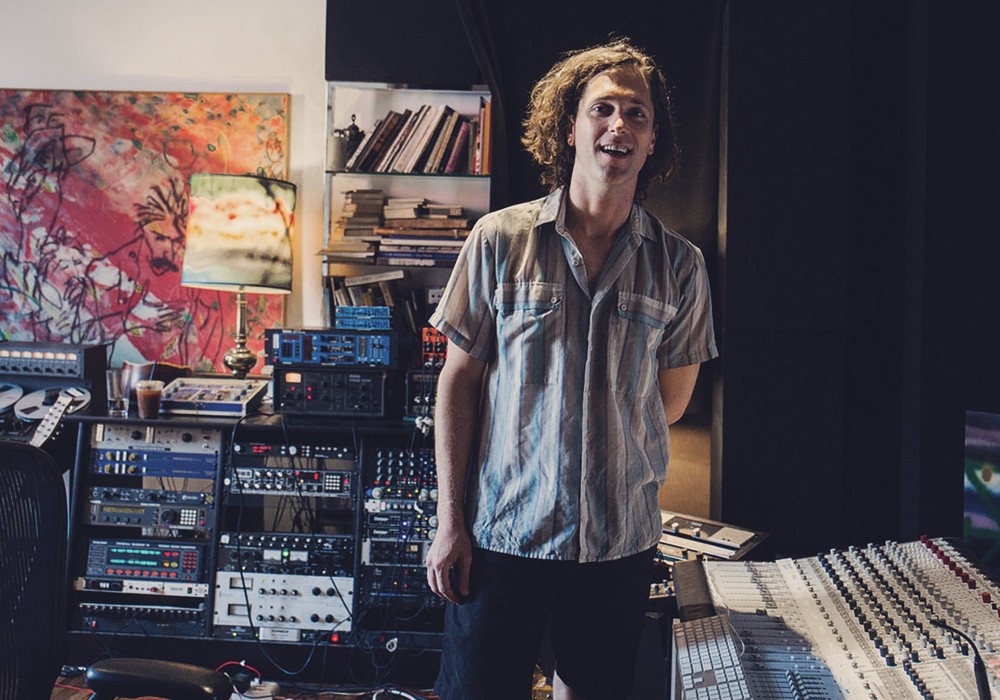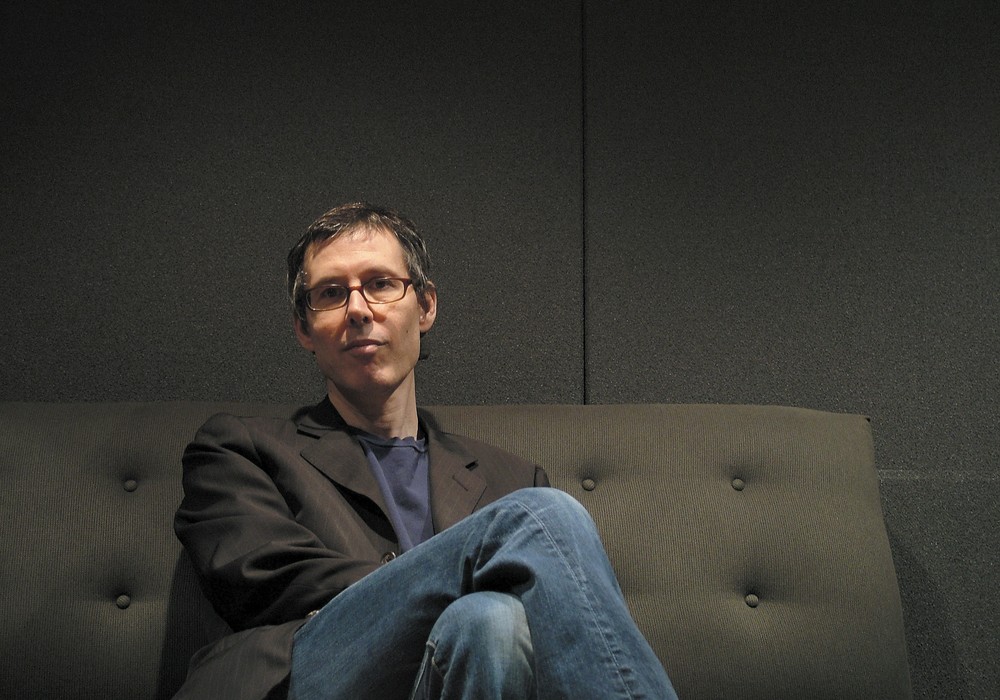John Rodd might not be a household name, but it's likely you've heard his work. As a recording and mix engineer, he's worked on many film and television scores, including Elysium, Breaking Bad, The Lincoln Lawyer, Son of Batman, In the Beginning, and Justice League: The Flashpoint Paradox. John has also worked on tons of video games, such as Call of Duty: Black Ops II, Kinect Star Wars, and World of Warcraft. Along the way he's recorded and mixed classical, rock, electronica, and jazz from solo voice to huge choirs and from string quartets to full orchestras. This breadth of experience, as well as an ability to handle the stress of intense deadlines and huge sessions, made me curious to find out more about his career. I visited him at his beautiful commercial facility in the Los Angeles area one sunny afternoon.
What were some of the scores that you heard when you were young that made an impression?
I grew up in the time of Star Wars — fantastic music and fantastic performances — and I remember one of my older sisters being into The Beatles. I listened a lot with headphones, and those albums were the most incredible things that I'd ever heard. I somehow figured out what an engineer was, and I wanted to be one.
How did you end up in this field?
I did the usual "engineer" thing of playing in bands, as well as messing around with synthesizers and tape loops in high school. I was taking private music lessons, but I was also into theater lighting design. I went to university for photography, filmmaking, video art, and sound. After some feature film work, I ended up getting a job at a studio in Toronto called Manta Sound, which is sadly no longer in existence. It was a world-class, five-studio facility that had a big recording room for film scores. I remember the first day, just being a fly on the wall with a massive film score being recorded. It felt super intense. There was all of this preparation and tension; so many people, deadlines, complexity, and tape machines. I thought it was crazy, but I wanted to do it. There were six staff engineers at Manta who were all great. One guy was mostly a rock guy, and one was mostly an orchestral film guy. Each engineer had their favorite sessions to do, but they each worked in all of the different rooms and were versatile engineers. That really opened up my eyes to what was possible. I was there for about five years.
In what capacity?
As an assistant engineer. When they hired any assistant engineer, they would say, "Look, to be clear, there's absolutely no chance of you becoming a full-time staff engineer in less than six years." It was very old school. But there was a very healthy spirit of competition between the six assistant engineers to see who could make these multiple tape machines lock up faster, who could have the most detailed notes, and who could be the most organized. I was a third engineer for six months or so. They took their training very, very seriously. That was really the beginning of everything; of getting a taste for surround sound, different styles of music, and what hardware did. Sometimes guys would stay after work to listen to subtle sonic differences between different hardware, such as compressors, for example. Manta was where I learned a lot. Eventually I became the right-hand man of Gary Gray, the staff engineer who was doing most of the film scoring. I worked with many of the top composers, including Marvin Hamlisch, John Debney, Angelo Badalamenti, and Howard Shore. For a period of time there was quite a bit of scoring happening in Toronto, because the exchange rate was favorable. I left Manta when it dropped to only one film project a month. That wasn't enough for me. I did TV commercials, rock albums, and everything in between, but I'd really had enough of the TV commercials. You learn to be very fast and very good with the clients, but in the long run I knew that my heart was in film scoring. I quit and backpacked around Asia for a few months. I ended up in England and was doing some engineering there. I then landed a very cool opportunity with the Banff Center for the Arts [in Canada]. I was engineering there and also doing some teaching. I ended up doing quite a lot of recording sessions that were also simultaneous "live to 2-track" mixes. That's a great discipline. You really learn about reverb and how different speakers work in different rooms. You live and die by your decisions, but there's a great feeling in being done by dinnertime. Someone might do some editing after the fact, but it's basically done.
You can't change it.
Sometimes I'd do live to 2-track, but also run a multitrack so I could go back and do a remix in order to compare and contrast. Living in...
